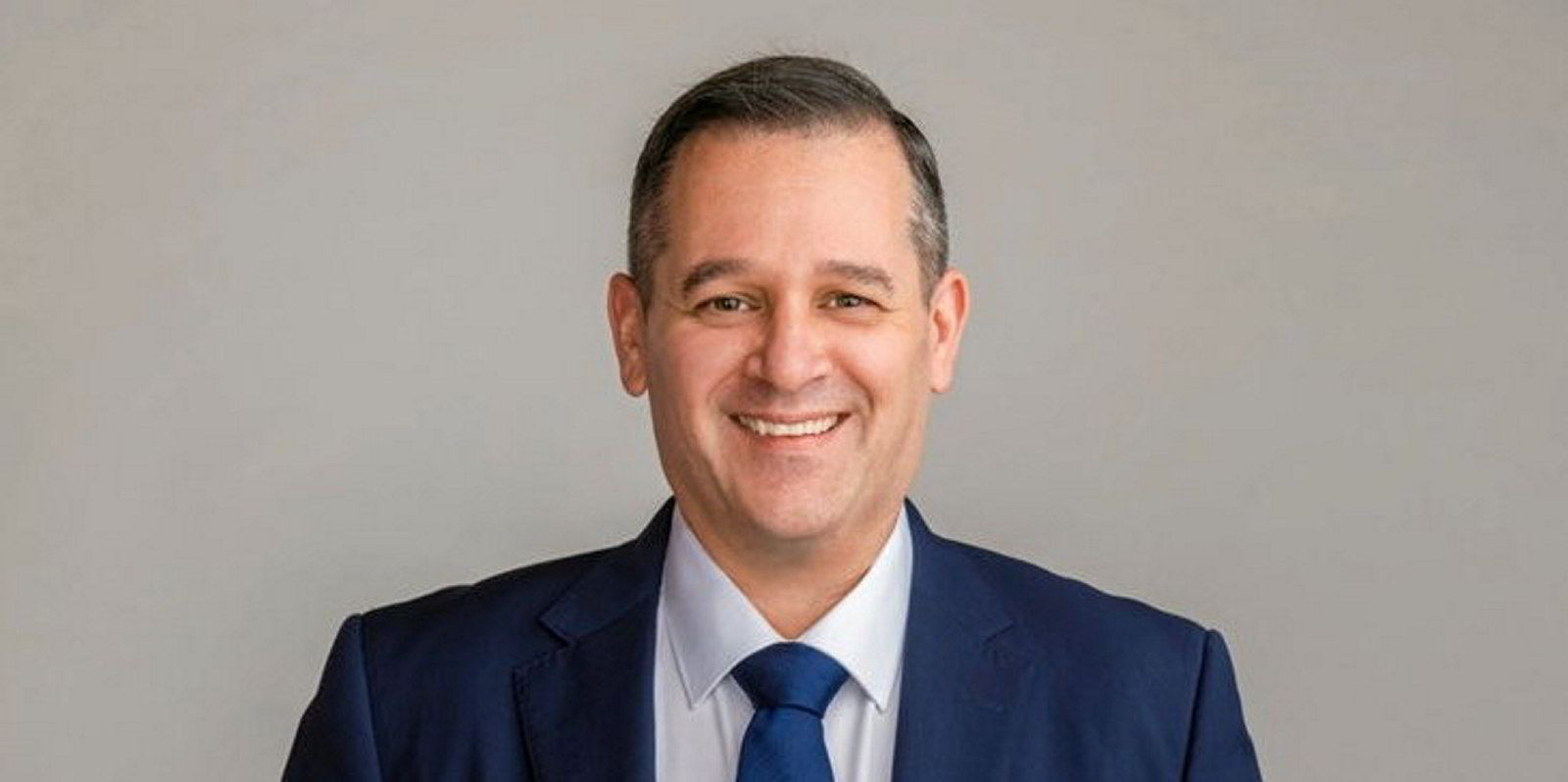Environmental change is happening, our planet is warming and our generation has the important task of averting this climate catastrophe. We must fix the problem — and our industry must do more.
This article is part of a series written by people across shipping in response to this question about how to deploy a hypothetical TradeWinds Sustainable Shipping Fund:
How, where and why would you invest $1bn for the best return in sustainable shipping, as the industry grapples with the need to cut carbon emissions, improve efficiency and keep cargoes moving in a world facing multiple economic and political challenges? The investment will be made now and ideally held for the next seven years to the end of the decade. As an added bonus, give one policy or regulation you would like to implement from 1 January 2023 to benefit shipping?
Despite the efforts of many, there is currently no clear winner in the decarbonisation race — and a single answer is unlikely in the short term. Systemic change is necessary.
Acceleration is needed to move maritime towards zero-carbon emissions, despite the world’s rampant economic and political challenges.
It will require further regulatory intervention, radical scaling of alternative fuel production, investments in infrastructure to ensure alternative fuels are available worldwide, fleet readiness, disruptive technology inventions and the courage to let go of the status quo and force through the necessary changes.
Holistic collaboration and action with industry partners is essential to find solutions. Shipowners, operators, fuel suppliers, vessel designers and engine manufacturers must work together with industry groups and policymakers, maritime organisations and bodies to collectively shape our future.
The private sector can — and needs to — support the emergence of disruptive technology inventions. And we have a unique role to help early-stage technology companies hit milestones.
Technology and offshore wind
Lomar is ready to play its part and is evolving now.
We believe technological innovation is key to decarbonisation, and it is in our business interests as well as our responsibility to accelerate this.
Where would we invest $1bn?
Firstly, in companies where we can add the most value — giving access to infrastructure to pilot new technologies, provide insights to help navigate the complexities of the industry, or put in large orders to scale.
Right now, we are embarking on a long-anticipated effort to partner with and provide support and capital to early-stage technology companies tackling the core issue of decarbonisation but learning that the ecological and economic incentives often conflict.
This is where government can step in and provide the necessary tools to encourage more to embark on this challenging journey.
With no current single silver-bullet technology to help our industry decarbonise, we would use such funding to support as many companies and solutions as possible, starting with those that have the best cost-benefit ratio to lower carbon emissions.
Secondly, we would look to diversify into different sectors and invest in assets and/or companies that service and support offshore wind projects — especially those developing vessel design and propulsion concepts that further reduce energy consumption and minimise their greenhouse gas emissions.
As a part of our Libra Group’s ecosystem of businesses, we are on a trajectory to expand in reach and capability, through sister subsidiary Americraft Marine and its newly acquired US-based shipbuilding facility specialising in constructing and repairing vessels that provide support and services to offshore wind farms.
With the group’s expertise in the renewable energy sector, we are looking to leverage synergies in that knowledge and infrastructure within offshore wind projects together with the necessary advancements in technology.
Ultimately, our industry would benefit from more effective regulations and policies that incentivise the private sector by making technology adoption at least break-even economically, if not economically positive.
This can be achieved through reasonable carbon credits that offset the cost of new technologies to fundamentally change the economics and finally set us on a path for a cleaner future.




